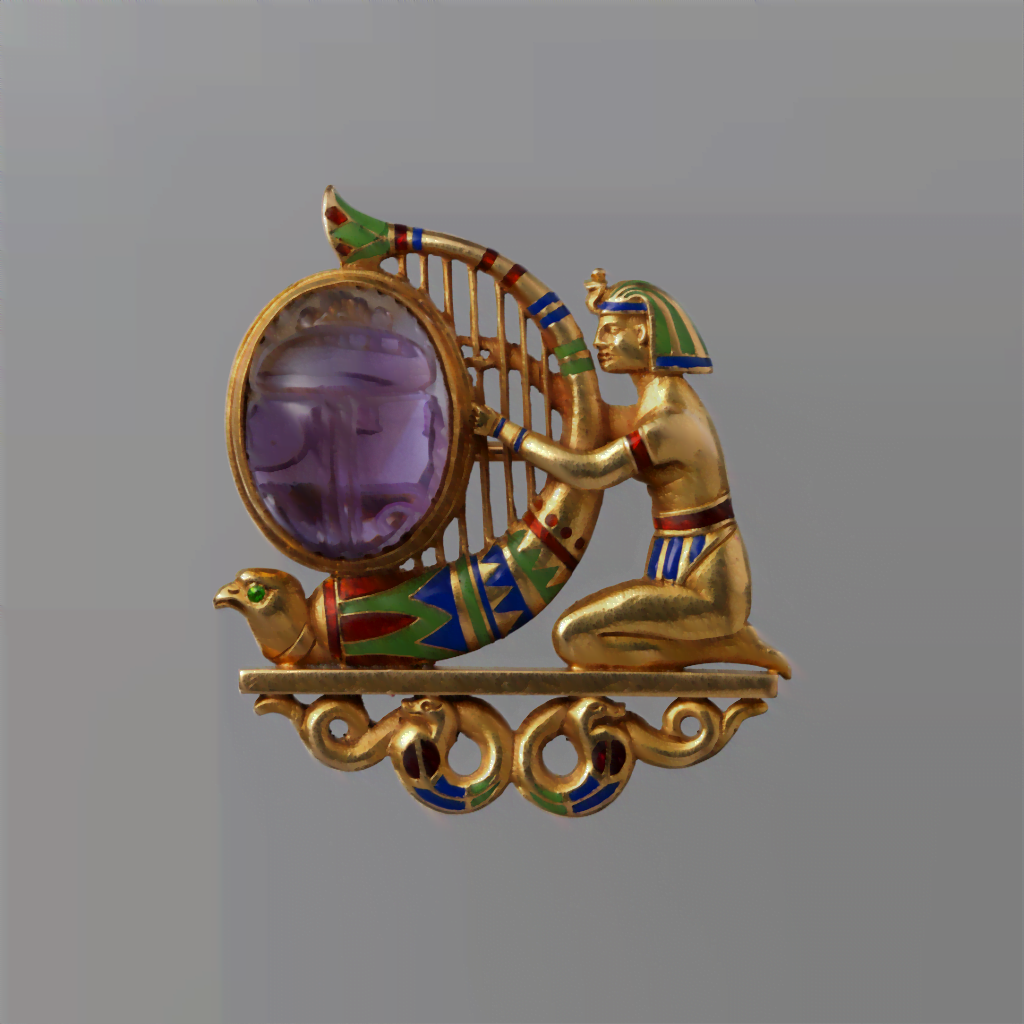
Fifteen miles or so from the Egyptian coastline of the sparkling Red Sea stand a series of crumbling structures. Standing upon an area known in antiquity as “Mons Smaragdus”, these ruins in the Egyptian Eastern Desert are all that remains of Sikait, the Roman Empire’s only emerald mine. Archaeological work conducted in 2020 and 2021 by the University of Barcelona suggests that as the Empire’s grip on the area loosened and eventually receded, some of the buildings were occupied or possibly even built by a nomadic tribe, the Blemmyes, which gained influence in the area.
The Blemmyes appear in written records starting from the 7th century B.C. and disappear sometime around the 8th century A.D. they are mentioned in Strabo’s Geographica in the 1st century A.D. as essentially non-bellicose nomadic raiders. Their cultural and military power increased to the point they formed a kingdom on the flank or Roman Egypt requiring repeated intervention of the Imperial army to keep them from causing trouble.
The researchers believe that the Blemmyes took over not just the site but also the mining activities at the site, possibly also making improvements to building some of the structures on the site.
Remarkable among the finds of the researchers are ancient inscriptions including at least one by a members of a Roman Legion. This inscription would be the first evidence that the Roman army was involved in exploitation of Egypt’s emerald mines, not just to defend them but also probably to help construct them. It was not uncommon in the empire for the legions to be used for civilian construction projects. Not only would this kind of work keep the troops in good physical shape between campaigns, it would keep them busy and productive. It was a Roman belief that a busy army was less likely to mutiny. The legions were involved in the construction of town walls, roads, aqueducts and mining related buildings and equipment such as water mills, stamp mills and dewatering machines.

Roman necklace originating in Egypt made of gold, blue stone and emerald, A.D. 2nd century

Beryl intaglio with portrait of Julia Domna A.D. 200-210.
Julia Domna was wife of Emperor Septimus Severus and mother of Emperor Caracalla. The Egyptian mine at Sikait is the only source of Emerald, a form of Beryl, within the Empire, and thus the likely source of the material for this object if it was not imported.

Roman gold and emerald necklace 1st – 2nd century A.D.

Ruins at Sikait, Egypt
In the mountains along the Red Sea coast of Egypt, across from Sinai, lie the remains of Sikait, location of the only emerald mine in the Roman Empire. This photo shows the ruins of the most impressive building complex at the site, known as Tripartite Building.
By Roland Unger – Own work, CC BY-SA 4.0, https://commons.wikimedia.org/w/index.php?curid=71533171
We may not have any Egyptian emeralds, but do check out our selection of gemstones.








